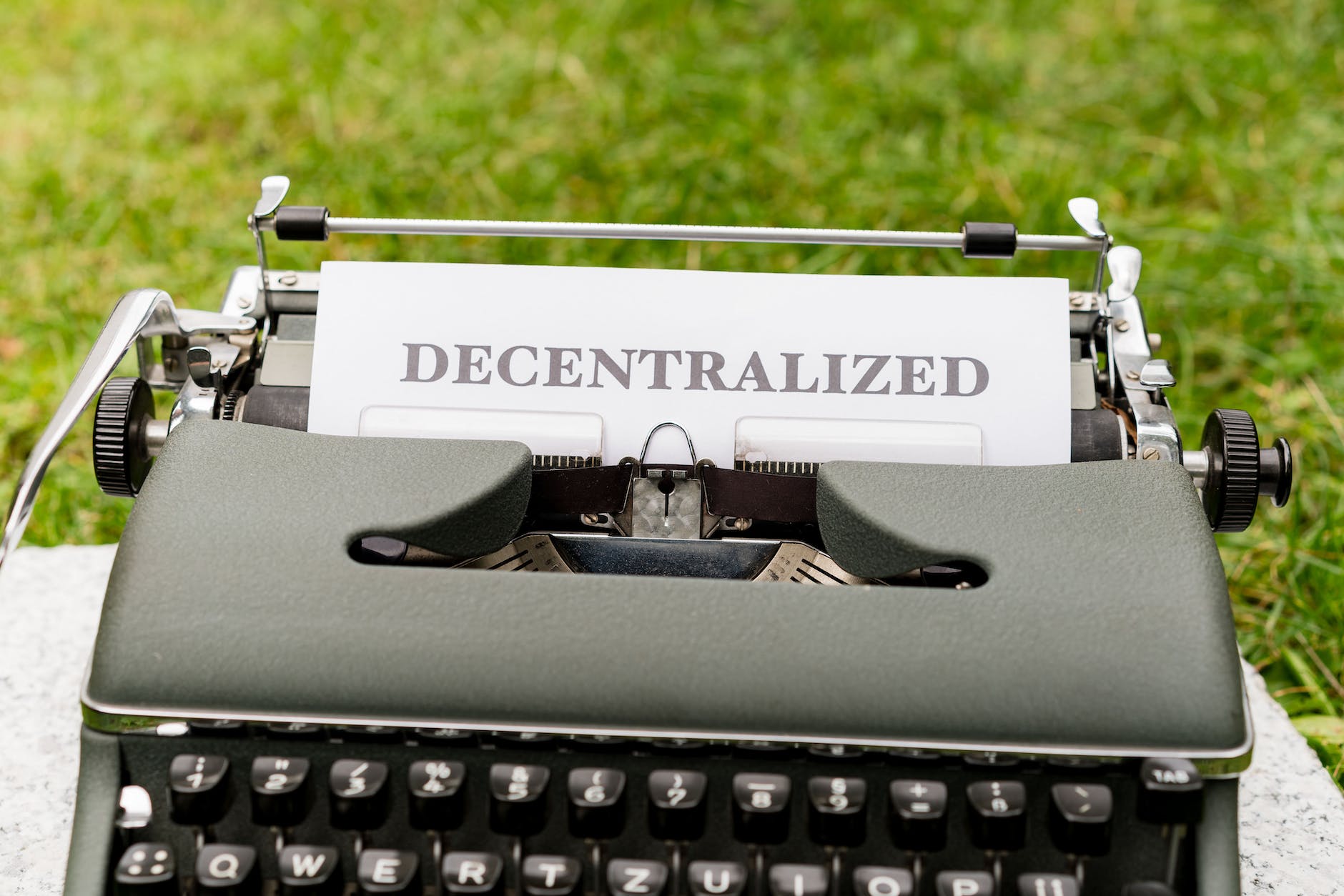Introduction to Web 2.0 and Web 3.0
When we speak about the Internet, we often categorize it into different generations. Just like human generations, each web generation represents a different era with unique features, capabilities, and technological advancements. Web 2.0 and Web 3.0 are two such terms that define different stages of the Internet’s evolution.
Web 2.0, often called the “social web,” marked a significant shift from static websites to dynamic, user-generated content. It allowed people to interact with websites and each other, leading to the proliferation of social media, blogs, and interactive applications. On the other hand, Web 3.0, often referred to as the “semantic web,” is the next evolutionary stage, promising a more intelligent, connected, and personalized web experience.
The Evolution from Web 2.0 to Web 3.0
The transition from Web 2.0 to Web 3.0 did not occur overnight. It was an incremental process driven by several technological advancements. The key driving force behind this evolution was the need for a more intelligent, personalized, and connected web experience.
In the Web 2.0 era, we saw the rise of social media, user-generated content, and interactive applications. It was a time when the Internet became a platform for individuals to express themselves, share information, and connect with others. However, the Web 2.0 era also highlighted the limitations of the Internet, such as data privacy issues, information overload, and the lack of personalization.
Web 3.0 aims to address these issues by leveraging technologies like artificial intelligence (AI), blockchain, and Internet of Things (IoT). It envisions a web where data is interconnected, and machines can understand and process information like humans.
“Transitioning from Web 2.0 to Web 3.0 isn’t simply an upgrade, it’s a paradigm shift. It’s moving from a world where we are mere spectators and consumers of information, to a universe where we are active participants and contributors in a decentralized and interconnected digital ecosystem.”
Advantages of Transitioning from Web 2.0 to Web 3.0
Transitioning from Web 2.0 to Web 3.0 comes with several advantages. For starters, Web 3.0 promises a more personalized web experience. It uses machine learning algorithms to understand user behavior and provide personalized content, services, and recommendations.
Secondly, Web 3.0 brings greater data privacy and security. Unlike Web 2.0, where data is often stored centrally, Web 3.0 leverages blockchain technology for decentralized data storage. This not only ensures data privacy but also makes the web more resistant to cyber-attacks.
Finally, Web 3.0 enables smarter web applications. With the help of AI and IoT, Web 3.0 applications can understand context, process information, and make intelligent decisions. This opens up a world of possibilities, from smart homes and autonomous cars to intelligent virtual assistants.
Understanding the Changes: Key Differences between Web 2.0 and Web 3.0
When comparing Web 2.0 and Web 3.0, several key differences stand out. First, while Web 2.0 is about user-generated content, Web 3.0 is about machine-generated content. This means that in the Web 3.0 era, machines will play a vital role in understanding, processing, and generating information.
Second, Web 2.0 is characterized by centralized data storage, while Web 3.0 promotes decentralized data storage. This shift has significant implications for data privacy and security. In the Web 3.0 era, individuals will have more control over their data, and the threat of data breaches will be significantly reduced.
Finally, while Web 2.0 offers a one-size-fits-all web experience, Web 3.0 promises a personalized web experience. This means that Web 3.0 will understand individual preferences, needs, and behaviors and tailor the web experience accordingly.
Steps to Transition from Web 2.0 to Web 3.0
Transitioning from Web 2.0 to Web 3.0 is not a simple task. It requires a deep understanding of the new technologies and a willingness to embrace change. Here are some steps that can help you make the transition:

- Educate Yourself: Learn about the new technologies that are driving the Web 3.0 era, such as AI, blockchain, and IoT. Understand how these technologies work and what they mean for the future of the web.
- Embrace New Technologies: Start using Web 3.0 technologies in your daily life. This could mean using a blockchain wallet, investing in cryptocurrencies, or using AI-powered applications.
- Stay Updated: The world of Web 3.0 is constantly evolving. Stay updated with the latest trends, developments, and news in the field.
Challenges in Transitioning from Web 2.0 to Web 3.0
Transitioning from Web 2.0 to Web 3.0 comes with its own set of challenges. One of the main challenges is the lack of understanding and awareness about Web 3.0 and its technologies. Many people are still unfamiliar with concepts like blockchain, AI, and IoT, making the transition difficult.
Another challenge is the resistance to change. Many people are comfortable with the Web 2.0 era and are reluctant to embrace the changes brought by Web 3.0. This resistance can slow down the transition and prevent people from enjoying the benefits of Web 3.0.
Finally, there are technical challenges. The technologies driving Web 3.0 are still in their infancy and come with their own set of issues, such as scalability problems, security risks, and interoperability issues.
Solutions to Overcome Transitioning Challenges
Despite these challenges, there are solutions to ease the transition from Web 2.0 to Web 3.0. One of the most effective ways is through education. By learning about Web 3.0 and its technologies, individuals can better understand the benefits and overcome their resistance to change.
Moreover, early adoption of Web 3.0 technologies can help individuals familiarize themselves with the new web era. This could mean using a blockchain wallet, investing in cryptocurrencies, or using AI-powered applications.
Finally, collaborating with the tech community can help overcome technical challenges. By working together, we can solve scalability issues, improve security, and ensure interoperability between different technologies.
Success Stories: Men Who Successfully Transitioned from Web 2.0 to Web 3.0
There are several success stories of men who have successfully transitioned from Web 2.0 to Web 3.0. These individuals have embraced the new technologies, adapted to the changes, and are now reaping the benefits of Web 3.0.
One such example is Vitalik Buterin, the co-founder of Ethereum. He saw the potential of blockchain technology and used it to create a decentralized platform for smart contracts. Today, Ethereum is one of the leading platforms in the Web 3.0 era.
Another example is Elon Musk, the CEO of Tesla and SpaceX. He has been a strong advocate for AI and has incorporated it into many of his ventures. His work is a testament to the power of Web 3.0 technologies and their potential to transform our lives.
Future of Web: Anticipating Web 4.0
As we transition from Web 2.0 to Web 3.0, it’s only natural to wonder what the future holds. While it’s still early days, some experts are already talking about Web 4.0.
Web 4.0, often referred to as the “symbiotic web,” envisions a web where humans and machines work together in harmony. It promises a more immersive web experience, with technologies like virtual reality (VR), augmented reality (AR), and mixed reality (MR) becoming commonplace.
While this may sound like science fiction, it’s closer to reality than you might think. With advancements in AI, IoT, and VR/AR technologies, the transition to Web 4.0 could happen sooner than we expect.

Conclusion: Embrace the Change from Web 2.0 to Web 3.0
Transitioning from Web 2.0 to Web 3.0 is a significant shift. It brings new technologies, new possibilities, and new challenges. However, it’s a change that’s necessary for the evolution of the web.
As we move into the Web 3.0 era, it’s crucial to embrace these changes and prepare for the future. By educating ourselves, adopting new technologies, and staying updated with the latest trends, we can make the transition smoother and more beneficial.
Remember, the future of the web is not something to fear but something to embrace. So, let’s embrace the change from Web 2.0 to Web 3.0 and look forward to the exciting possibilities that lie ahead.
Exploring the Synergy Between Web 3.0 and AI: Revolutionizing the Digital Landscape
The Next Frontier: How Web 3.0 is Shaping the Future of the Internet
Navigating the Crypto World: A Comprehensive Comparison of Proof of Stake vs Proof of Work









SEO in Web 3.0: Optimize for semantic search and blockchain strategies.
Explore decentralized search engines and boost results with schema markup.
Web 3.0 Shift: Integrate IPFS and decentralized protocols for resilience.
Grate!
Web 3.0 for Marketers: Unlock engagement with NFTs and blockchain.
Community-driven strategies and influencer collabs in decentralized networks.
Fascinating glimpse into the future of the web! Excited for the change.